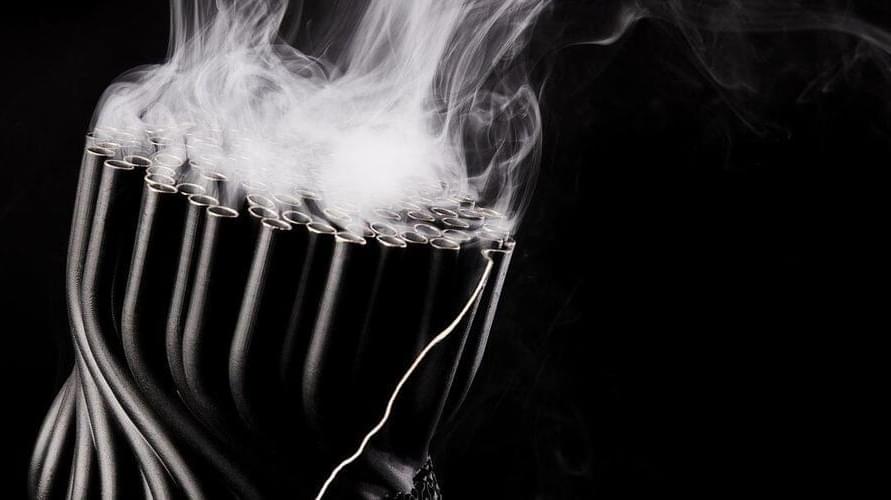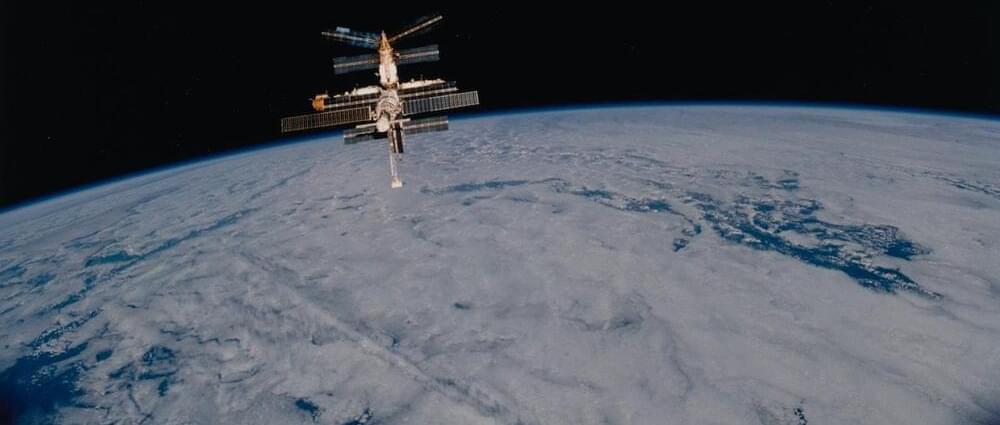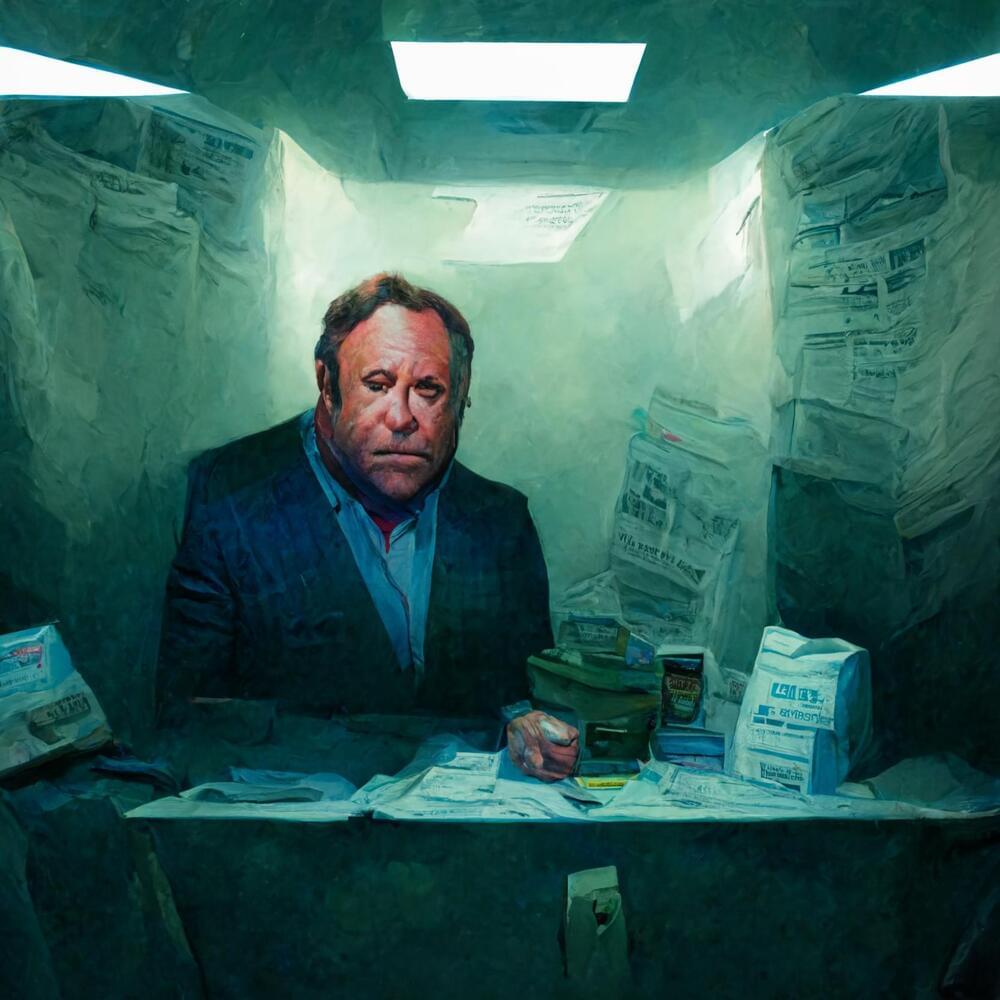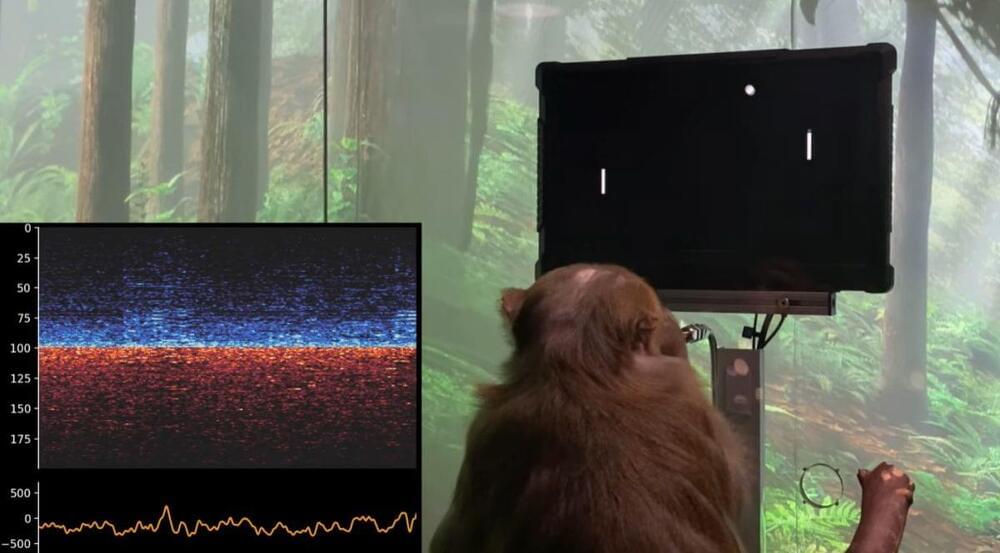Hyperganic is using AI to design new heat exchangers that can be 3D-printed in metal.
Discussion panel with:
- Swati Chavda, a science fiction writer and former brain surgeon.
- Ron S. Friedman, a science fiction writer and an Information Technologies Specialist.
August 13th 2022, When Words Collide festival.
#booktube #authortube #writingtube #braincomputerinterface #neuralink.
Relevant links:
Swati Chavda website: https://www.swatichavda.com/
Ron S. Friedman website: https://ronsfriedman.wordpress.com/
Meet ROSS, Russia’s new space station.
But unlike the ISS, ROSS won’t have permanent residents year-round. Instead, it will only host cosmonauts “twice a year for extended periods,” according to Reuters.
ROSS is still years out and shrouded in secrecy, so it’s hard to predict exactly how the new space station could surpass the ISS’s capabilities.
Roscosmos officials have told Russian state media that the station will likely orbit at higher latitudes than the ISS does. This could offer a better view of the Earth’s polar regions, which Russian researchers could analyze with optical, infrared, ultraviolet instruments. After all, Russia’s borders cover 53 percent of the Arctic Ocean’s entire coastline, and the country likely wants to use ROSS to chart northern sea routes as climate change melts Arctic sea ice.
This Friday, Meta chief Mark Zuckerberg has shared another post on Instagram after being trolled for the previous one. He stated that Meta is actually working on the graphics, which seemed literally “poor” in the first image.
Must have seen all the mockings and the memes about the amateur-looking picture.
Mark Zuckerberg shared a post on Instagram: “Major updates to Horizon and avatar graphics coming soon. I’ll share more at Connect. Also, I know the photo I posted earlier this week was pretty basic — it was taken very quickly to celebrate a launch. The graphics in Horizon are capable of much more — even on headsets — and Horizon is improving very quickly.”. Follow their account to see 239 posts.
Cas13 variants with minimal collateral effect are expected to be more competitive for in vivo RNA editing and future therapeutic applications, researchers claim.
Scientists from the Chinese Academy of Sciences (CAS) have allegedly developed a new “controllable, reversible and safer” gene-editing approach using CRISPR technology.
The system, named Cas13D-N2V8, showed a significant reduction in the number of off-target genes and no detectable collateral damage in cell lines and somatic cells, which indicated its future potential, according to a report published in South China Morning Post newspaper on Wednesday.
Researchers from the Chinese Academy of Sciences say their technology uses an enzyme that targets RNA and has more short-lived effects.
If the combination of Covid-19 and remote work technologies like Zoom have undercut the role of cities in economic life, what might an even more robust technology like the metaverse do? Will it finally be the big upheaval that obliterates the role of cities and density? To paraphrase Airbnb CEO Brian Chesky: The place to be was Silicon Valley. It feels like now the place to be is the internet.
The simple answer is no, and for a basic reason. Wave after wave of technological innovation — the telegraph, the streetcar, the telephone, the car, the airplane, the internet, and more — have brought predictions of the demise of physical location and the death of cities.
Remote work has become commonplace since the beginning of the Covid-19 pandemic. But the focus on daily remote work arrangements may miss a larger opportunity that the pandemic has unearthed: the possibility of a substantially increased labor pool for digital economy work. To measure interest in digital economy jobs, defined as jobs within the business, finance, art, science, information technology, and architecture and engineering sectors, the authors conducted extensive analyses of job searches on the Bing search engine, which accounts for more than a quarter of all desktop searches in the U.S. They found that, not only did searches for digital economy jobs increase since the beginning of the pandemic, but those searches also became less geographically concentrated. The single biggest societal consequence of the dual trends of corporate acceptance of remote work and people’s increased interest in digital economy jobs is the potential geographic spread of opportunity.
Page-utils class= article-utils—vertical hide-for-print data-js-target= page-utils data-id= tag: blogs.harvardbusiness.org, 2007/03/31:999.334003 data-title= Who Gets to Work in the Digital Economy? data-url=/2022/08/who-gets-to-work-in-the-digital-economy data-topic= Business and society data-authors= Scott Counts; Siddharth Suri; Alaysia Brown; Brian Xu; Sharat Raghavan data-content-type= Digital Article data-content-image=/resources/images/article_assets/2022/08/Aug22_04_509299271-383x215.jpg data-summary=
The labor market for jobs you can do on a laptop is expanding beyond major cities.
Where Does Alex Jones Go From Here?
Posted in internet, robotics/AI, space
Artificial intelligence is being used to design magazine covers and provide pictures for internet newsletters. What could possibly go wrong?
It all started with the headline over an entry in Charlie Warzel’s Galaxy Brain newsletter.
Watching the Alex Jones trial with an ex-Infowars staffer.
“Transframer is a general-purpose generative framework that can handle many image and video tasks in a probabilistic setting. New work shows it excels in video prediction and view synthesis, and can generate 30s videos from a single image: https://dpmd.ai/dm-transframer 1/”
Neuralink, a company co-founded by Elon Musk, has been working on an implantable brain-machine interface since 2016. While it previously demonstrated its progress by showing a Macaque monkey controlling the cursor.
It’s unclear what kind of deal Musk has offered — whether it’s a collaboration or a financial investment —since none of the players responded or confirmed the report with the news organization.
Elon Musk’s last update on Neuralink — his company that is working on technology that will connect the human brain directly to a computer — featured a pig with one of its chips implanted in its brain. Now Neuralink is demonstrating its progress by showing a Macaque with one of the Link chips playing Pong. At first using “Pager” is shown using a joystick, and then eventually, according to the narration, using only its mind via the wireless connection.
Today we are pleased to reveal the Link’s capability to enable a macaque monkey, named Pager, to move a cursor on a computer screen with neural activity using a 1,024 electrode fully-implanted neural recording and data transmission device, termed the N1 Link. We have implanted the Link in the hand and arm areas of the motor cortex, a part of the brain that is involved in planning and executing movements. We placed Links bilaterally: one in the left motor cortex (which controls movements of the right side of the body) and another in the right motor cortex (which controls the left side of the body).
In an accompanying blog post, Neuralink says it’s building on decades of research that developed systems connecting “a few hundred electrodes” that needed a physical connector through the skin, compared to its N1 Link with 1,024 electrodes. According to Neuralink, “Our mission is to build a safe and effective clinical BMI system that is wireless and fully implantable that users can operate by themselves and take anywhere they go; to scale up the number of electrodes for better robustness and higher information throughput; and to automate the implant surgery to make it as rapid and safe as possible.”
The Orion spacecraft with European Service Module will fly farther from Earth than any human-rated vehicle has ever flown before. This video gives an overview of the first mission – without astronauts – for Artemis, focussing on ESA’s European Service Module that powers the spacecraft.
The spacecraft will perform a flyby of the Moon, using lunar gravity to gain speed and propel itself 70 000 km beyond the Moon, almost half a million km from Earth – further than any human has ever travelled, where it will inject itself in a Distant Retrograde Orbit around the Moon.
On its return journey, Orion will do another flyby of the Moon before heading back to Earth.
The total trip will take around 20 days, ending with a splashdown in the Pacific Ocean without the European Service Module – it separates and burns up harmlessly in the atmosphere.
The second Artemis mission will have a simplified flight plan with only a flyby of the Moon but with four astronauts. The third Artemis mission will see astronauts taken to the lunar surface.
The European Service Module is ESA’s contribution to @NASA’s Orion spacecraft that will send astronauts to the Moon and beyond. It provides electricity, water, oxygen and nitrogen as well as keeping the spacecraft at the right temperature and on course.









